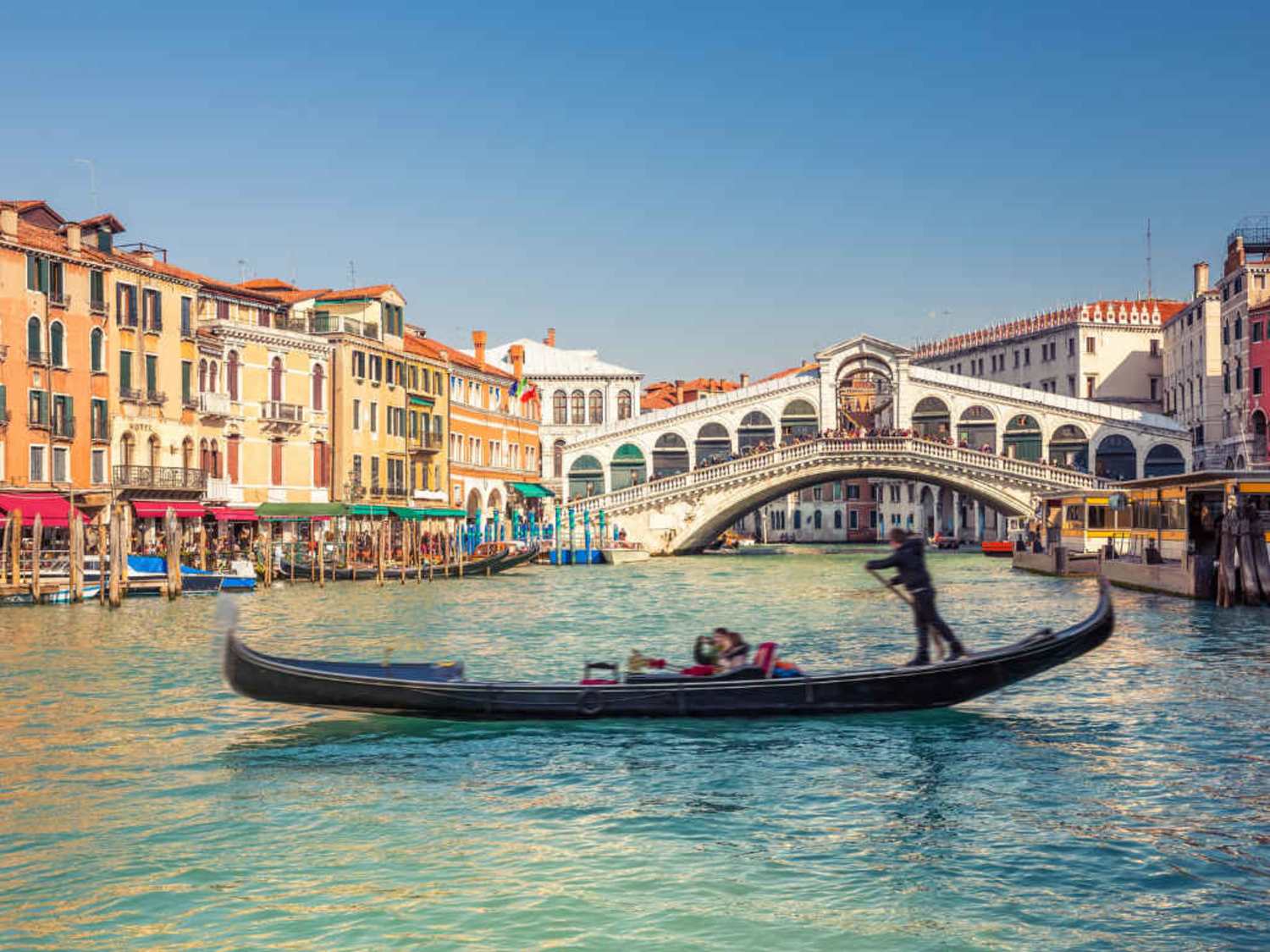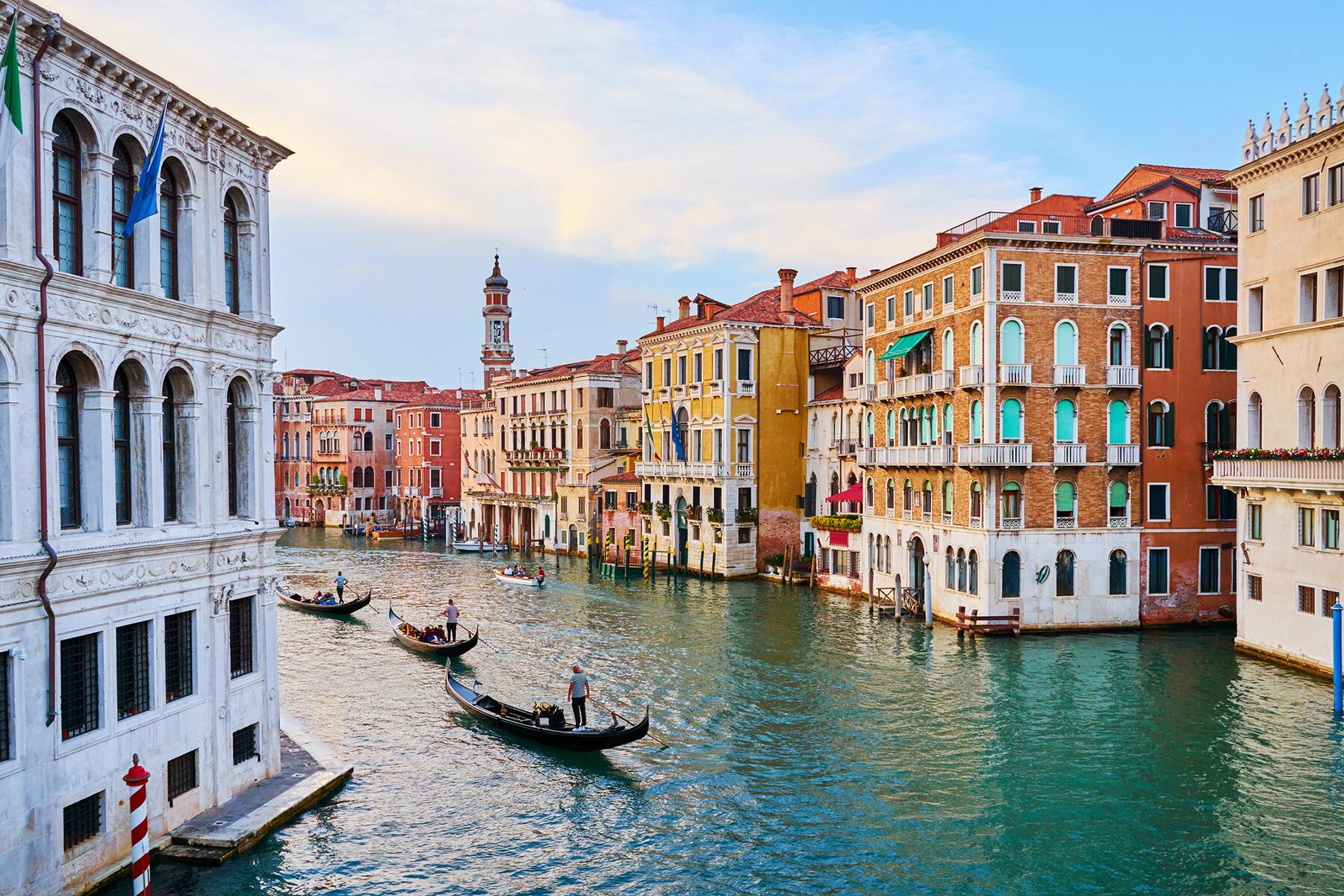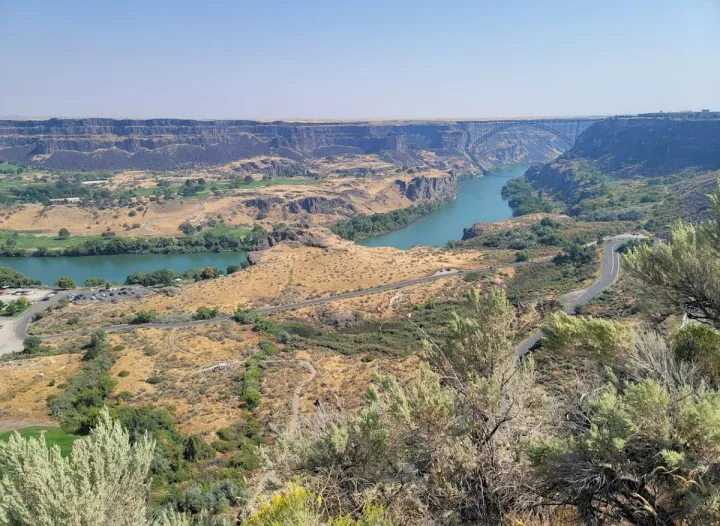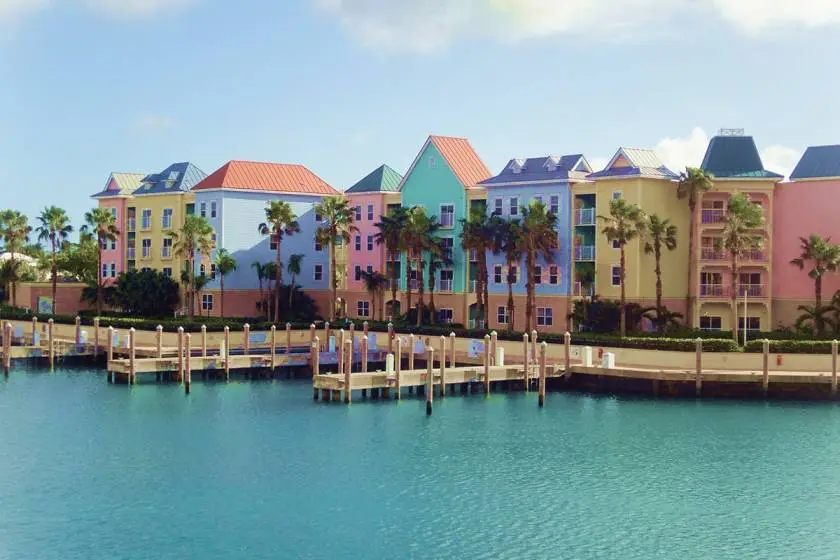Discover the Hidden Gems of Venice

A World Icon Is Born
Most Italian towns can trace their origins back to the Roman Empire, but Venice emerged later, about the sixth century, when German invasions from the north forced mainlanders to escape to the islands of the Venetian lagoon, which had previously been occupied by fishermen and salt workers. The first 'doge' (the city's top magistrate) was likely chosen in AD 697, kicking off a lengthy history of feuds amongst the city's major families. Beginning in the ninth century, the doges were elected by public vote, and the city state of Venice started to form.
Venice Really Is Built On Water

Venice is actually constructed on water: wooden poles made of lumber imported from Croatia, Montenegro, and Slovenia were driven deep into the lagoon's clay to support platforms on which buildings were erected. We'll never know if the workmen were aware of it at the time, but the lagoon's airless silt and mud stiffened the wood over time, preventing rotting. Unfortunately, the city is now gradually sinking year after year, owing mostly to compacting foundations and rising sea levels.
The Canals Had Important Purposes
Today, Venice's canals are recognized all over the globe for their romance and uniqueness, although they were initially built to offer transportation and security. Parts of the lagoon were drained to excavate the canals, which was an advanced method at the time, and the banks were subsequently fortified with wooden stakes.
Many of the canals are between five and ten feet (1.5 and three metres) deep, with the Grand Canal being the deepest at around 17 feet (5 metres). In total, Venice has over 150 canals and over 400 bridges that traverse them.
The City Quickly Became A Trading Power
Venice, which is spread across around 120 islands in the Venetian lagoon and faces the Adriatic Sea, was strategically positioned to serve as a connection between mainland Europe and Mediterranean sailing routes. This allowed it to establish itself as an important commercial port early in its history, and in 1082, the Byzantine emperor granted Venice free commerce throughout the Byzantine Empire (the continuation of the Eastern Roman Empire) in exchange for assistance in fights against the Normans. Venice's influence grew as it traded spices and silk from Constantinople and Alexandria, slaves, timber, and fish from Dalmatia, and iron from the Alps.
The Republic Of Venice Stretched Far Beyond The City

The Republic was both a commerce center and a military force, with influence extending over the lagoon and along the coastlines of modern-day Croatia, Montenegro, Albania, Greece, and Cyprus. Because of its vast land, it was also an industrial republic known for its pharmaceuticals, shipbuilding industry, and glassmaking. The city's glassblowing business was relocated to the adjacent island of Murano in 1291, when the hot furnaces sparked recurrent fires among Venice's wooden houses. Murano glassware is still much appreciated today.
Read Also: Secrets Of the World's Most Magical Mountains
Venice Is Full Of Stolen Riches
Beginning in the 12th century, the Venetians fought a series of conflicts against the collapsing Byzantine Empire. They played a key role in the ill-fated Fourth Crusade, which saw crusaders assault the Byzantine capital Constantinople while reportedly on their way to the Holy Land. The army went home with numerous valuables, including the gilded bronze horses that may still be seen within St Mark's Basilica today. The church was initially erected to contain Saint Mark's stolen remains, which Venetian merchants supposedly smuggled back from Alexandria in AD 828 by wrapping the bones in layers of beef fat.
The Republic Was Surprisingly Modern
During its peak of dominance during the 13th and 15th centuries, Venice was one of the wealthiest cities in Europe, and arguably the globe. During this period, Venice had an effective republican government, a massive navy, and even a highest court called the Quarantia, or Council of Forty. The senate was established in 1229, followed in 1310 by the legendary Council of Ten, a menacing and clandestine organization with broad disciplinary powers. These affluent years helped transform Venice into the city we know and love today.
Incredibly Rich

Profitable trade gave tremendous prosperity to Venice. By the 15th century, the city was at the center of global commerce, with possibly the world's largest port, sending ships to Africa, Europe, and the Middle East. The city had about 200,000 residents, and roughly 200 prominent aristocratic families-controlled imports and exports. The boom ushered in a golden era of art and architecture, with the richest families commissioning artists and architects like Veronese and Andrea Palladio to create immortal masterpieces and stunning palazzos.
Very Powerful
By the early 15th century, the great Republic dominated enormous areas of northern Italy, its tentacles reaching west via Padua and Verona as far as Bergamo, south to Ravenna, and throughout the whole northeastern province of Friuli. The Byzantine Empire's weakness enabled Venice to acquire territory as far away as Cyprus and Crete, as well as dominate the majority of the Adriatic.









.jpg)
.jpg)

.jpg)
.jpg)